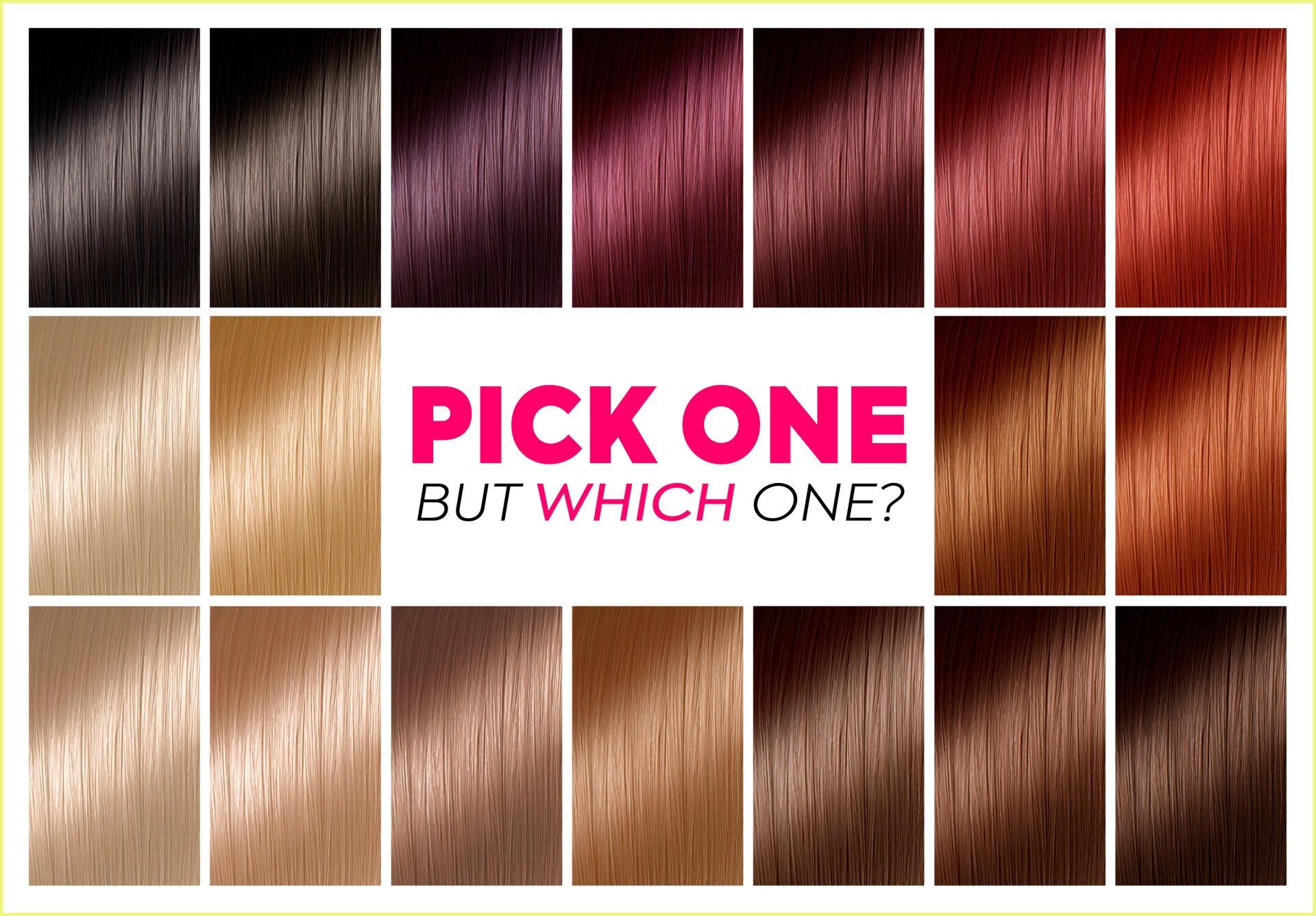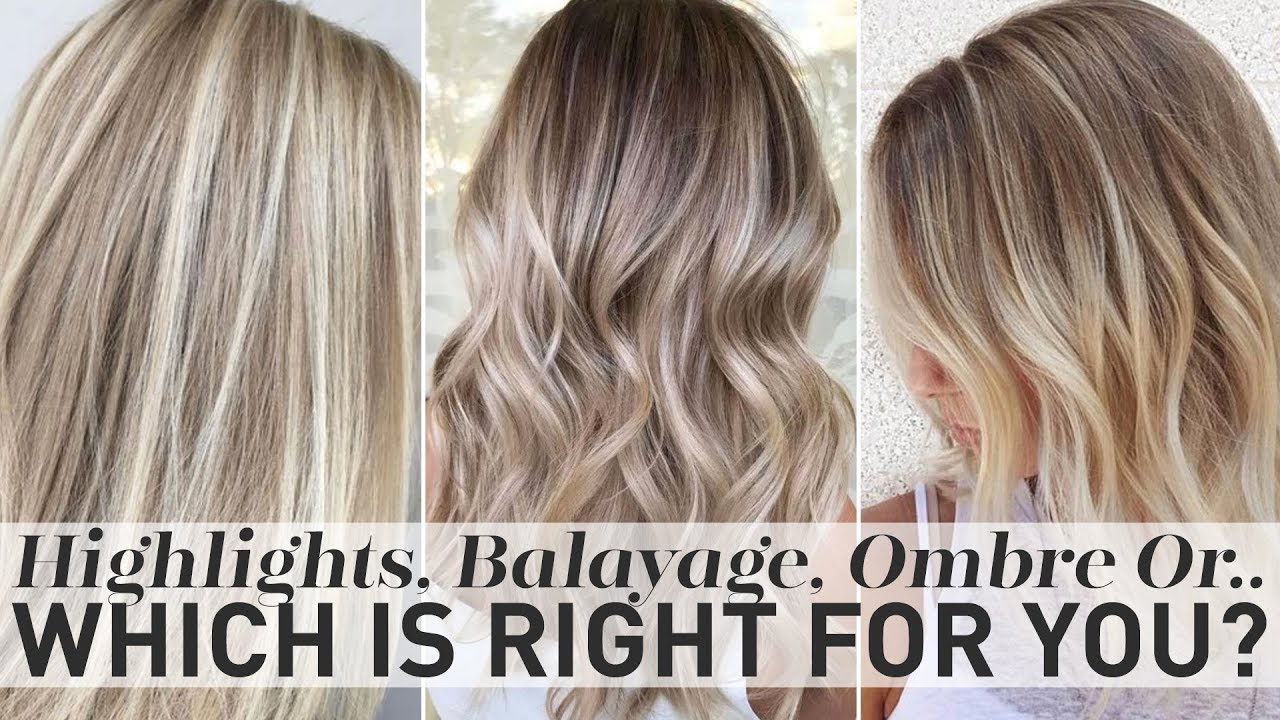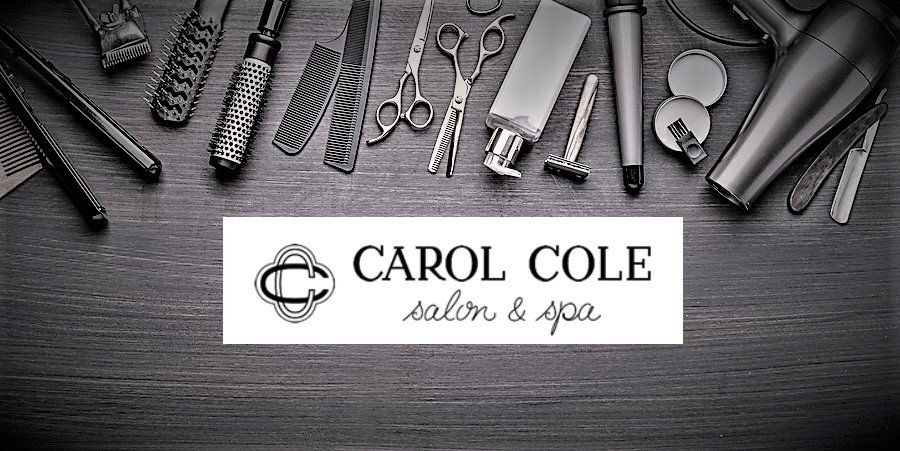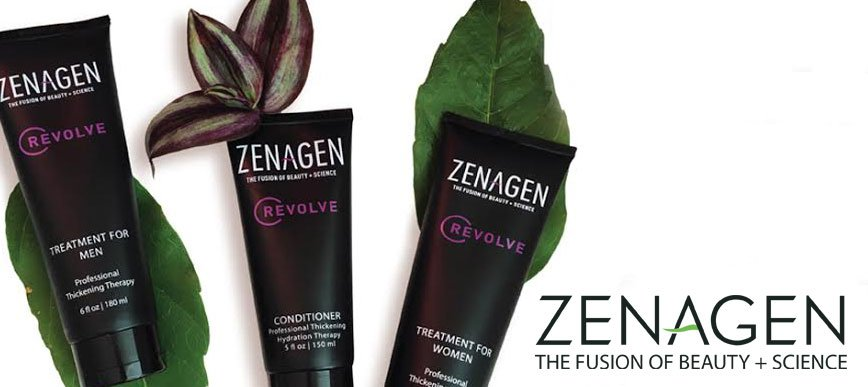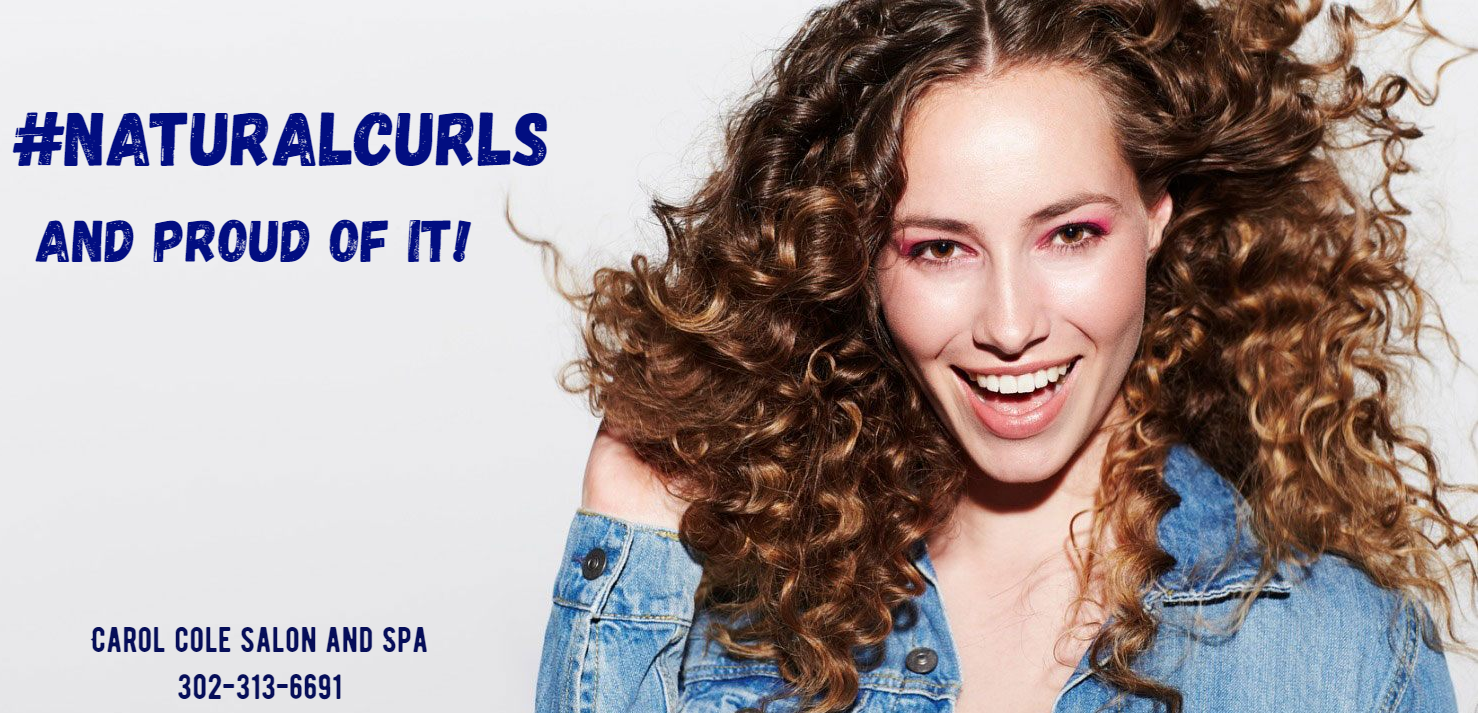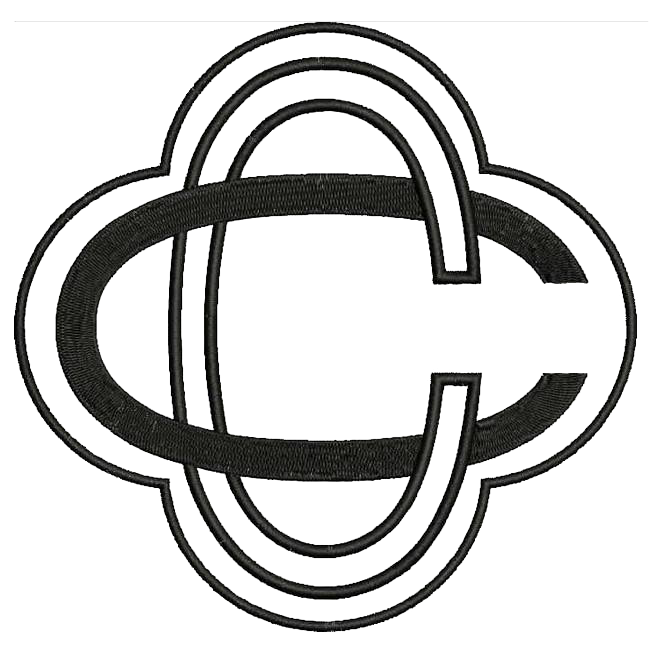By Anthea
•
August 20, 2020
If “there’s nothing new under the sun” you can add highlighted hair to the list! As early as the 4th century B.C., ancient Greeks blended olive oil, pollen and gold flakes to make an ointment that lightened hair after several hours in the sun. The effects were minimal. During the European Renaissance, circa 1400 A.D., a new natural process employed a mixture of alum, honey, lemons and sulfur. Highlights were achieved by wearing a wide-brimmed hat without a cap (think of a donut!) with, yet again, many hours spent in the sun and little to show for it. By the early 20th century, hydrogen peroxide entered the picture for temporary, semi-permanent, demi-permanent and permanent highlights. A cap with holes allowed hair strands to be pulled through and bleached making a distinction from the remaining hair. During the Depression and World War II eras, hair treatments, including highlighting, declined due to the economic downturn. Hair style trends in the 1960s and 1970s revived highlights still using a skull cap with tiny holes to pull through strands. Over-the-counter products like “Frost & Tip” by Clairol promised dramatic streaks for a daring look! But the contrast resulted in typically unnatural results that waned in popularity. Spray-on products like “Sun-In” also gained consumer interest by lightening hair with a blend of chemicals and natural lemon oil and, yes, time spent in the sun. An advanced formula of “Sun-In” includes aloe, marigold, chamomile and flax seed. But warning to red heads or brunettes: spray-on lighteners work best with fair or light brown hair. And a further warning, in general: highlights use chemicals which can damage or dry out your locks, especially if over-used or not applied professionally! In recent times, highlights were perfected by using a variety of techniques: foil highlights, hair painting, frosting and chunking. Foil highlights or “foiling” work with sheets of foil that separate hair strands—thick or thin, depending on preference. The strands are covered with a color or lightener before wrapping them in foil to process. Basically, hair painting is literally painting the top and bottom of the strands that creates a soft foil look. Frosting gives a higher contrast of darker hair peppered with bleached strands. Chunking is a bolder version of highlights, larger and thicker, for a standout look. Chunking highlights utilize natural or artificial colors quite different from subtle highlighting. And then there’s the option of highlights or low light's, the first with dyed or bleached sections lighter than your color and the second with darker sections, like dark-blonde on a light brown base. If you’re thinking of adding some interesting notes to your crowning glory, first consult with our stylists at Carol Cole Salon and Spa to determine what is the best choice for your hair color, texture and style. Let’s hear from the experts! Highlighting Trends: For 2020, red rules—spicy to rich reds, and fire red! Also popular are blue blacks, and silver, both light and dark. For a more subtle look, consider the balayage freehand technique. Balayage means “to sweep or to paint” in French and involves painting hair with a brush. Many stylists consider it less damaging than foiling and easier to maintain. Another option is blended foiling, or foilage. The product is painted onto hair as in balayage, and the treated sections are covered with foil resulting in a more intense coloring process. Also babylights offer a more delicate finish with tiny sections of hair highlighted. Finally, you’ve probably seen a variety of dipped dyed ends in every shade imaginable! Discuss any of these looks--subtle, bold, or barely there highlights--with our expert colorists! Best Highlight Products: Take note that highlights last from six to eight weeks. Then, your highlights can be transitioned into a balayage look or brightened up. We recommend UNITE Hair Blonda Shampoo to control color tone and minimize fading and the onset of brassiness to your highlights. Also, periodic clarifying treatments will remove mineral deposits. Highlights or Lowlights: Whether you choose highlights, lowlights, or a combination, consult with your stylists first and review the many options! If new to the technique, you may want to start with the current trend of face-framing highlights that flatter and draw attention to your visage with brightening effects. There’s an art to highlighting hair, and, our colorists will create the best picture-perfect results for you! We look forward to seeing you in our salon very soon! Have a happy and healthy remainder of the summer season!
